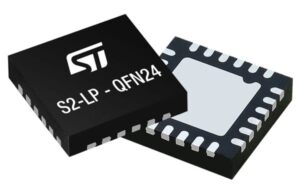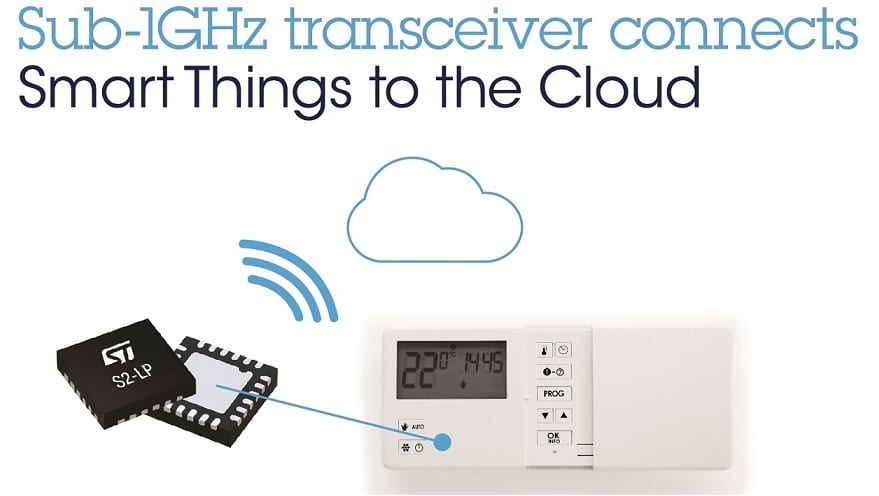As 2016 comes to a close and we look back at this year’s technological advancements one thing is clear ; the tech world is increasingly becoming wireless and the transition is sometimes painful. Whether it is the removal of the 120-year-old audio jack from cellphones, the disappearance of the cables of our charging systems, or something as complex as linking an entire smart city, wireless protocols are everywhere. One of the most underestimated consequences of this trend is that RF transceivers have become the new foundation for technological advancements. Indeed, one can design the most advanced and powerful wireless standard, if no transceiver offers a decent and efficient implementation, it’s just specs on a paper. Hence, ST recently launched the S2-LP, the best sub–1 GHz transceiver compatible with protocols such as Wireless M-BUS, SIGFOX™, 6LowPAN and IEEE 802.15.4g.
SIGFOX™ v’s LoRa™

SIGFOX™ is both a network as well as an extensive protocol, designed to manage IoT and smart city devices. The network is installed or is about to be in 10 US cities, as well as many European countries. It’s a Low-Power Wide Area Network (LPWAN) that has many similarities with GSM networks, but is tailored for low-power devices using very small data transfers. Hence, it is much simpler to deploy than the traditional cellular network. There are no huge antennas, just base stations the size of a backpack, independent from one another, that can easily sit on top of buildings or billboards.
SIGFOX™ shouldn’t be seen as a direct competitior to LoRa™, another LPWAN. Although they do share some similarities, their technologies have different strengths. SIGFOX™ excels at narrowband communication, meaning that a client can very efficiently link with a base station. Its transmission method greatly reduces noise and the whole implementation remains affordable. It’s great for smart meters and other devices that mostly only need to send data. On the other hand, LoRa™ relies on a wider spectrum, meaning it has to deal with much more noise. It also requires more power, and more expensive base stations, but it can handle bidirectional communications much more effectively. Thus, it shines in machine-to-machine applications or inventory tracking, for instance.
S2-LP Transmits, Receives and Shapes Devices

The S2-LP builds on SIGFOX™’s strength to become one of the most power-efficient sub–1 GHz transceivers, while still allowing engineers to build cost-efficient devices. It only draws 6.7 mA in receiving mode and 10 mA when transmitting at 10 dBm. What is even more impressive is that sleep mode only needs 600 nA and standby requires 350 nA. Since devices using the transmitter spend most of their time idle, the S2-LP enables the creation of connected modules that can last 10 years on a single battery.
The S2-LP’s “secret sauce” for very low power consumption is its power management system that integrates a switch mode power supply regulator. Not only is it remarkable since the packaging is only 4 mm x 4 mm, but it allows engineers to easily add any battery ranging from 1,8 V to 3,6 V, and still be guaranteed a 90 % power efficiency. ST’s mastery of power components becomes a strategic asset when designing transceivers for a new generation of devices.
The list of features is too impressive for a single blog post. Among others, engineers can also enjoy special functionalities like the S2-LP’s automatic frequency compensation algorithm. In case of a frequency error between the transmitting device and the receiving one, the system can compensate for it, ensuring the integrity of the communication as long as the discrepancy is within the algorithm’s limits. Designers also benefit from a well documented system allowing the S2-LP to wake up using an internal timer or external event. The chip also includes a fast startup process. Hence, developers can shut their device off earlier, knowing they will be able to quickly start it up when they need it.
To know more about the S2-LP, please visit ST’s website.
